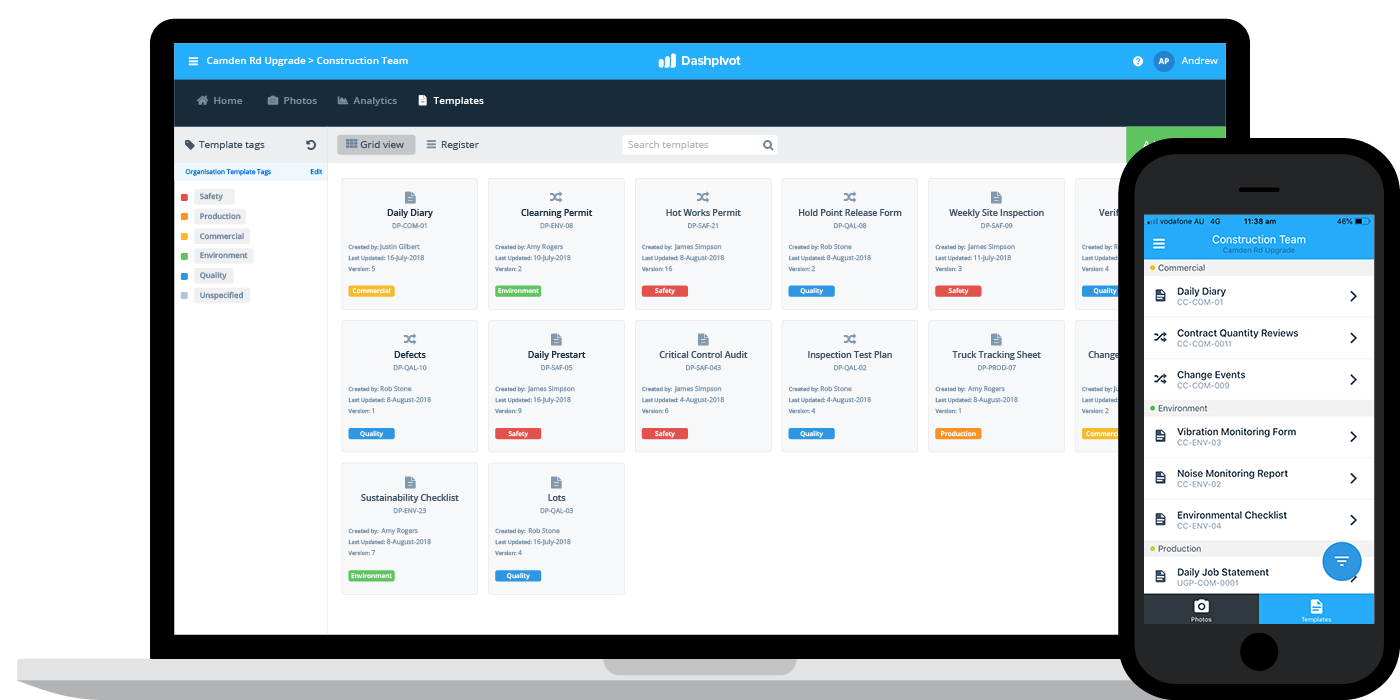Navigating Complexity: How Construction Document Management Software Can Help
Navigating Complexity: How Construction Document Management Software Can Help
Blog Article
Optimizing Job Cooperation: Designer's Best Practices in Building And Construction File Monitoring
In the elaborate realm of architectural jobs, the effective monitoring of construction documents stands as a cornerstone for success. In the middle of this complexity lies a vital inquiry: just how can designers simplify cooperation procedures to boost task results?
Leveraging Cloud-Based Systems
Leveraging cloud-based systems is an essential technique for modern designers in optimizing construction document management procedures. By transitioning from typical paper-based systems to shadow options, architects can improve cooperation, improve document accessibility, and boost general job efficiency. Cloud-based platforms offer architects the capacity to store, share, and update building and construction papers in real-time, making sure that all staff member have accessibility to one of the most current details no matter of their place. This accessibility advertises seamless interaction and control amongst project stakeholders, bring about less errors and hold-ups in the construction procedure.
In addition, cloud-based systems supply a secure atmosphere for storing sensitive task information, using encryption, routine back-ups, and individual approval settings to secure information integrity. Engineers can additionally gain from the scalability of cloud options, allowing them to change storage space capacity and performance based upon task requirements. Generally, leveraging cloud-based systems empowers designers to maximize their construction file monitoring procedures, driving greater collaboration, effectiveness, and success in their tasks.
Executing Variation Control Equipment
Having established the benefits of cloud-based platforms in building paper monitoring, architects can currently boost their record control procedures by executing Version Control Solution. Version Control Solution (VCS) are crucial devices that track changes in files, making sure that staff member are constantly collaborating with the current and most exact details. By implementing VCS, architects can maintain a centralized repository where all project documents are saved, making it possible for smooth collaboration while lessening the danger of mistakes and version conflicts.
One key advantage of Variation Control Equipment is the capacity to track the full background of paper modifications, enabling users to revert to previous variations if required (construction document management). This attribute is specifically useful in building projects where design models and adjustments prevail. Moreover, VCS promotes far better interaction among group participants by offering a clear audit trail of that made particular changes and when they were made. This transparency not just enhances accountability however also aids in solving disputes or disparities that might arise throughout the project lifecycle.
Establishing Communication Methods
To make sure effective and reliable project sychronisation, architects need to develop clear and robust interaction methods within their construction paper administration procedures. Communication procedures specify the approaches, frequency, and channels with which staff member exchange details, updates, and comments. One vital facet of developing these protocols is determining a central communication platform where all project-related conversations and file sharing can happen. This platform can be a project administration software, email threads, or cloud-based storage solutions. By setting guidelines on exactly how info is distributed and just how group participants interact with each various other, engineers can streamline the flow of data and prevent miscommunications or delays in the construction procedure.
In addition, interaction procedures should also consist of guidelines on exactly how to handle conflicts, adjustment orders, and urgent issues that might develop during the task lifecycle. Developing an organized technique to communication makes certain that all stakeholders get on the same web page, advertises transparency, and inevitably adds to the successful completion of the building and construction job.
Utilizing BIM Software Program for Sychronisation
BIM software plays a crucial function in boosting control amongst project group members in the building and construction industry. Structure Information Modeling (BIM) promotes partnership by providing a central platform where engineers, engineers, contractors, and other stakeholders can collaborate in a coordinated way. Via BIM software application, project individuals can access and upgrade a shared Your Domain Name version which contains thorough information regarding the structure style, construction elements, and task schedules.

In addition, BIM software application enables real-time cooperation and communication amongst team members, no matter of their physical location. With cloud-based BIM platforms, task stakeholders can access more info here the most recent task info, track adjustments, and make educated decisions without delay. In general, leveraging BIM software program for sychronisation boosts job performance, productivity, and inevitably causes effective job results.
Ensuring Information Security and Compliance
In the realm of construction paper monitoring, guarding information honesty and making certain governing conformity are vital considerations for architects and other project stakeholders. Architects must implement durable protection procedures to secure sensitive project details from unapproved gain access to or breaches.

Conclusion
In verdict, architects can enhance task partnership in building and construction file administration by leveraging cloud-based systems, executing variation control systems, establishing communication methods, utilizing BIM software application for control, and ensuring data protection and conformity. These best methods aid streamline the building procedure, boost communication among job stakeholders, and improve performance in task delivery. By following these guidelines, designers can properly take care of construction files and assist in effective task end results.
With BIM software, project participants can access and update a shared model that includes in-depth info concerning the structure layout, building and construction parts, and task timetables.
Through cloud-based BIM systems, task stakeholders can access the most recent task details, track adjustments, and make educated choices quickly - construction document management. Generally, leveraging BIM software application for sychronisation enhances project efficiency, performance, and inevitably leads to effective job outcomes
In conclusion, have a peek at these guys engineers can maximize job partnership in construction document monitoring by leveraging cloud-based systems, executing version control systems, developing interaction procedures, making use of BIM software application for sychronisation, and ensuring data safety and security and compliance. These ideal practices assist enhance the building process, improve communication amongst job stakeholders, and enhance efficiency in task shipment.
Report this page